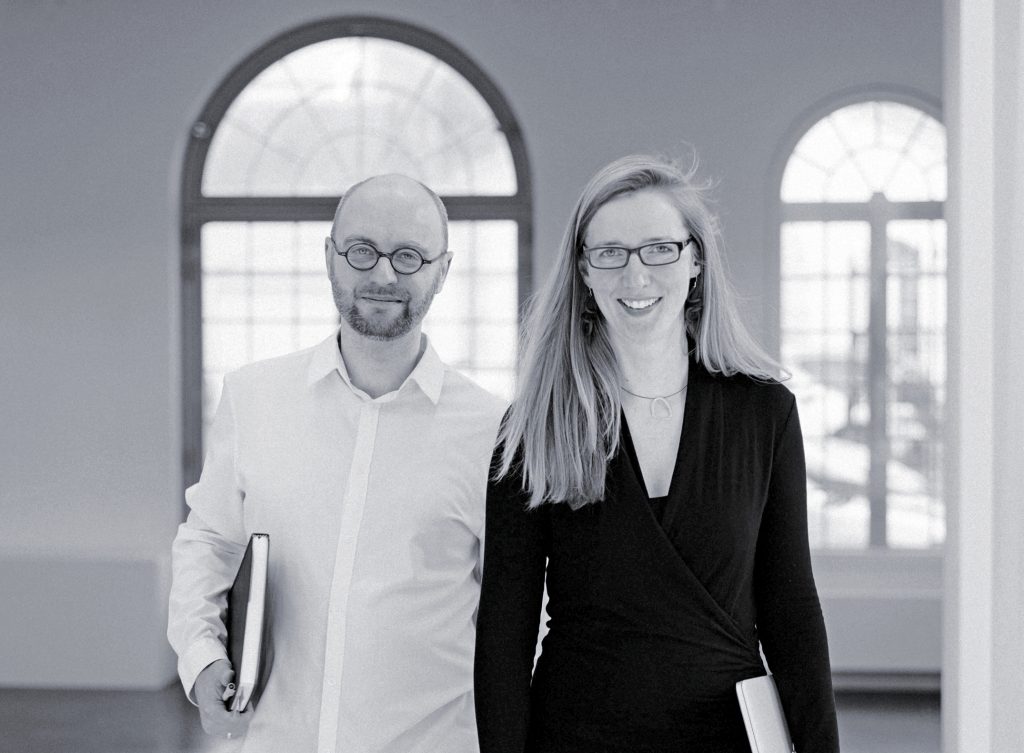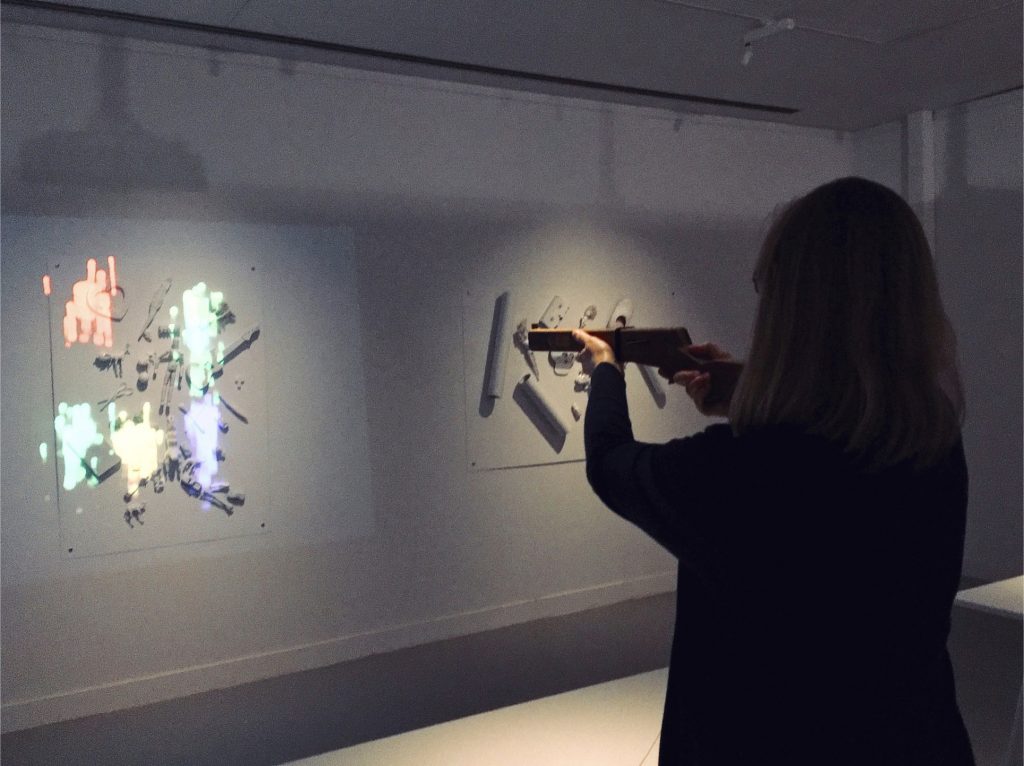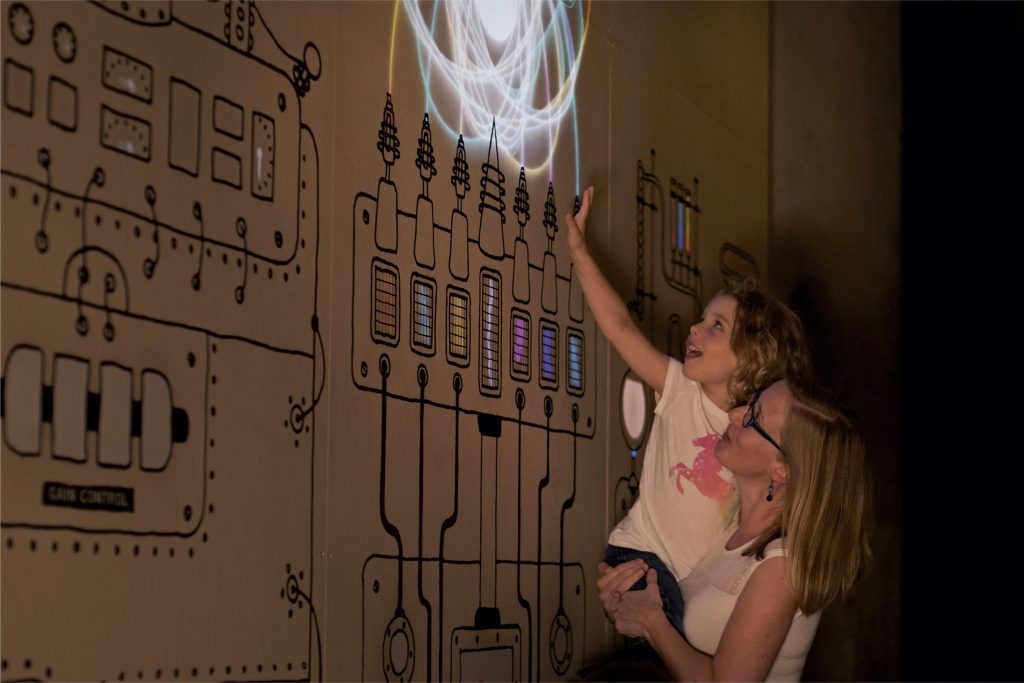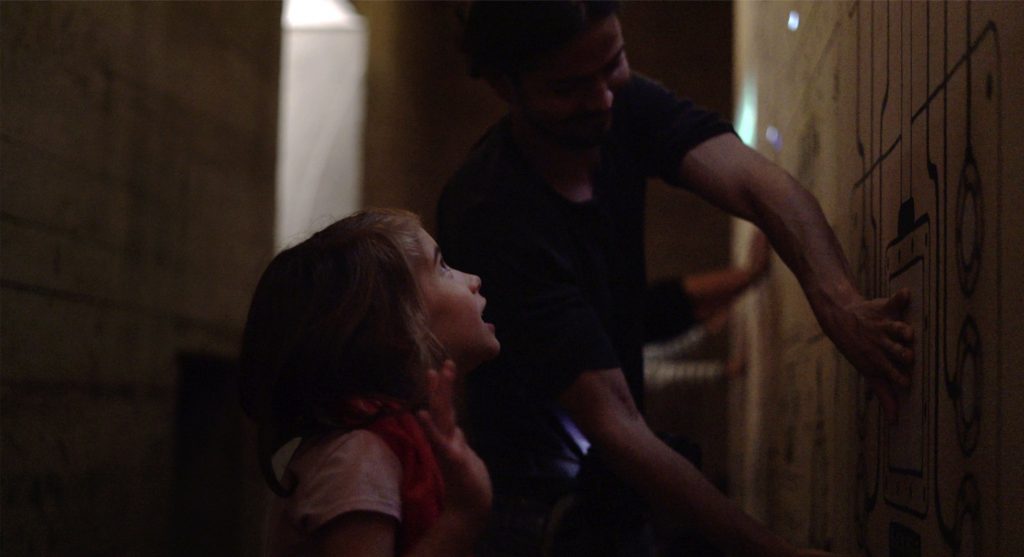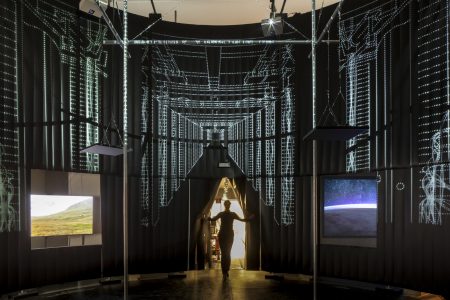Hovertone Thrill-makers
This Mons-based studio takes an emotional and interactive approach to design, with storytelling that skilfully mixes the human dimension and the digital experience. A meeting with Nicolas d’Alessandro, co-founder of Hovertone.
TLmag: The studio is based on your very personal vision of digital. You talk about “the design of experiences”. Can you explain that?
Nicolas d’Alessandro: I am convinced that technology must remain a means to create emotion. For me, the real turning point occurred in the beginning of the 1970s. All of a sudden, with the arrival of computers, we moved from essentially product-based design to a human-focused approach. Designers were essentially forced to adapt and to reflect on the way humans perceive the world. I like to remind people that our role is not to create art but to contribute to conveying a message.
TLmag: What has been your path to arrive here?
N.A: In 2004, when I graduated from the Faculté Polytechnique de l’Université de Mons, dues to my personal interest (I am passionate about music and I play several instruments), I decided to focus my doctorate on musical technology. Historically, technological inventions have always been at the origin of the development of new instruments. I myself am part of a generation that witnessed the development of digital music. Between 2004 and 2012, I designed HandSketch: a digital tablet for creating sound. The decision of my colleague Joëlle Tilmanne and myself to commercialise it was the origin of our start-up Hovertone, founded in 2015.
TLmag: But you quickly realized that the mobile app sector was saturated…
N.A.: Based on this realisation, we reflected on how we could capitalise on the lessons learned from this first project and how we could apply them to a larger business. Since 2017, through this new approach, Hovertone has offered solutions to the players in the cultural, event and retail sector.
TLmag: You say you collaborate with a range of talents, requiring them to go outside their comfort zone. How and why?
N.A.: My own background is linked to coding and software, but my current mission is to detach myself from this purely technical approach in order to create sensory objects, vectors of experiences. I try to cross the design of objects with other historical trades such as printing and woodworking. When I ask a printer to create frescos or posters that people can touch, or a carpenter to design an interactive table, we have to dialogue so that in the end the overall experience functions, surprises and attracts interest – or even real emotion.
TLmag: In what way specifically do you help your clients?
N.A.: Our customers come looking for something wonderful through innovative solutions, but also a process. What is special about our studio is not that we offer digital products, or ready-made solutions, but that they fit with the message the clients want to convey.
TLmag: The tools that you develop – haptic feedback, alternative displays, video mapping, interactive motion design – are still relatively unknown. Can that be a little frightening?
N.A.: When we discuss with our clients, we don’t mention these right away. We focus first on the place the human occupies in the space, the way people will interact with this space. The technological aspect is only raised in the second stage. Digital is not an aesthetic style. It is simply a modern way of creating life from an inert object. It must always be integrated in a precise context.
TLmag: Is there a project you are particularly proud of?
N.A.: Le Chant des Machines installed at Pass, the Scientific Adventure Park of Mons. Unlike many of the other projects that have a limited lifespan, this one is permanent. It’s a 40 square meter tactile wall – probably the largest in Europe. We use video mapping to move parts of a drawing displayed on large wooden panels. The visitor has to shift around to become fully aware of all the potentialities of this installation, which plunges him into the industrial history of the region. By reinventing tactile technology, we have created a unique, almost dreamlike, experience that seems to fascinate the public. In two years, almost 300,000 visitors have shared the experience, which mixes the past and the present.
TLmag: How do you see the future of design?
N.A.: I believe that we are only at the beginning of a long evolution that will contribute to changing the way the disciplines mix. I am eager to meet people involved in historic trades and to reflect with them on how they can interact with digital. Artificial intelligence as a design tool is the future; it’s the ideal tool to create an increasingly autonomous relationship between people and objects.
